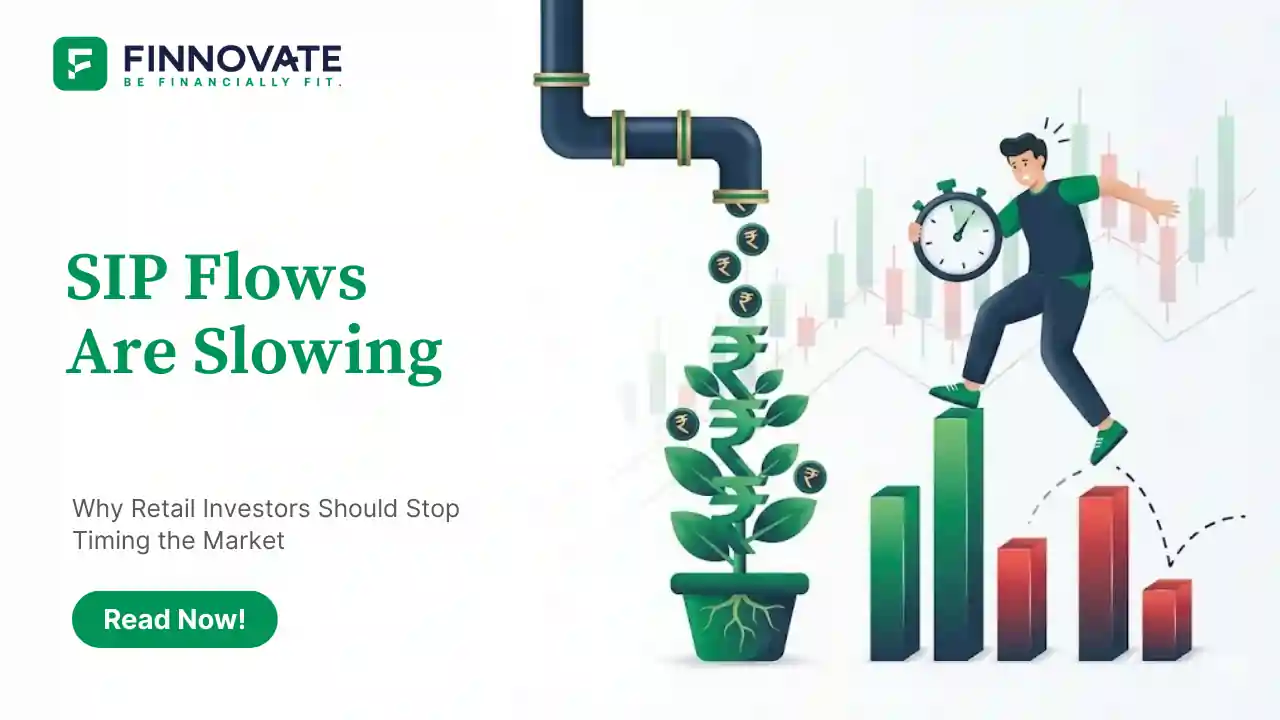
SIP Flows Are Slowing: Why Retail Investors Should Stop Timing the Market
SIP folio share is falling and SIP stoppage ratios are above 75% post Apr 2025 clean-up. H...
Picking a mutual fund in India today is like standing in a supermarket with 2,000+ brands all shouting “Pick me!” Some promise sky-high returns, others whisper “safe and steady,” and a few even come with tax-saving tags. No wonder many professionals feel overwhelmed, confused, or worse - frozen.
If you're a salaried professional in India, your goals might look like this: buy a home, save tax, build wealth, plan your child’s future, or retire early. Mutual funds can help you reach these goals - but only if you know how to pick the right one for you.
This article won’t tell you what to buy. Instead, it’ll help you learn how to choose what suits you - based on your own life, comfort, and goals. Just like a doctor wouldn’t prescribe the same medicine to every patient, you shouldn’t pick a fund just because it worked for someone else.
Let’s say Ravi is a 30-year-old software engineer living in Bangalore. He earns ₹12 LPA, has no major liabilities, and wants to build wealth over the next 10 years to buy a second home. His friend just shared a SIP screenshot of 18% returns. Should Ravi jump in?
No - because Ravi’s financial needs, risk comfort, and time frame may be completely different. So, start by asking:
This clarity is step one. Only once you know why you're investing can you figure out what fits.
| Fund Type | Description |
|---|---|
| Equity Funds | Like high-return stocks. Best for long-term goals (5+ years). Volatile but wealth-generating. |
| Debt Funds | Like fixed deposits with some flexibility. Safer, lower returns. Ideal for 1–3 year goals. |
| Hybrid Funds | Mix of equity and debt - like a thali with everything. Balance between safety and growth. |
| ELSS (Tax Saving Funds) | Equity funds with a 3-year lock-in. Offers 80C deduction (up to ₹1.5L). |
| Index Funds | Passive funds that mimic indices like Nifty or Sensex. Low cost, simple, long-term friendly. |
You don’t need to understand every category. Just know which 1–2 match your goal and time horizon.
This is the annual fee the fund house charges. Lower is better, especially for long-term investing. For example, if two similar funds offer similar returns but one charges 0.5% and another 1.5%, the former will grow your money faster over 10–15 years.
Who is managing your money matters. Look for consistency - has the manager handled different market cycles well? But don’t over-obsess - fund houses now often use team-based approaches.
Compare a fund’s 3-year and 5-year performance against its benchmark (e.g., Nifty 50). However, remember: past performance ≠ future returns.
Reading the top 10 holdings in the fund fact sheet gives you a snapshot of where your money goes.
Some sites like Value Research even tag the fund style (conservative/aggressive). Don’t skip this.
For equity funds: Higher AUM generally indicates trust and stability.
For small-cap funds: Too high an AUM can be a problem. Why? Because it becomes hard for the fund manager to deploy such large amounts in small-sized companies without moving their prices or losing flexibility.
You can get detailed, unbiased data from:
She needs to protect capital and grow it moderately. Debt funds or conservative hybrid funds may suit her timeline better than pure equity.
He can consider diversified equity or index funds and ride through ups and downs, as he has time.
She can evaluate ELSS, but instead of picking the one with the highest return last year, she should look at consistency and cost over time.
What worked last year may not work this year. Many people enter top-performing funds too late - after the rally is over.
High return = high risk. Always. Don't pick a fund just because your friend said it gave 20%. Ask: am I okay with the rollercoaster?
Holding 10 similar funds doesn't reduce risk - it just duplicates exposure and increases costs. For example, holding 4 large-cap funds likely means you're investing in the same top 10 stocks repeatedly.
Even a great fund needs periodic check-ups. Has your goal changed? Has the fund changed strategy?
Bonus Tip: SIP date doesn’t matter much. Don’t stress about picking the 1st, 5th, or 15th. Just be consistent.
If you answer "yes" to any of these, it might be time to reconsider or rebalance.
As we often say: “Ask the right questions before investing, not just chase returns.”
At Finnovate, we help professionals make sense of financial decisions - whether you're saving for a goal, reducing taxes, or planning long-term wealth. Instead of handing you a product, we help you build clarity on what you need and how to match it with the right approach.
We don’t recommend mutual funds, but we do show you how to evaluate options confidently - backed by data, context, and what fits into your bigger life plan.
Want to understand how to match your goals to the right type of investment?
Disclaimer: This article is for informational purposes only. It does not constitute financial advice or recommend any investment products.
Popular now
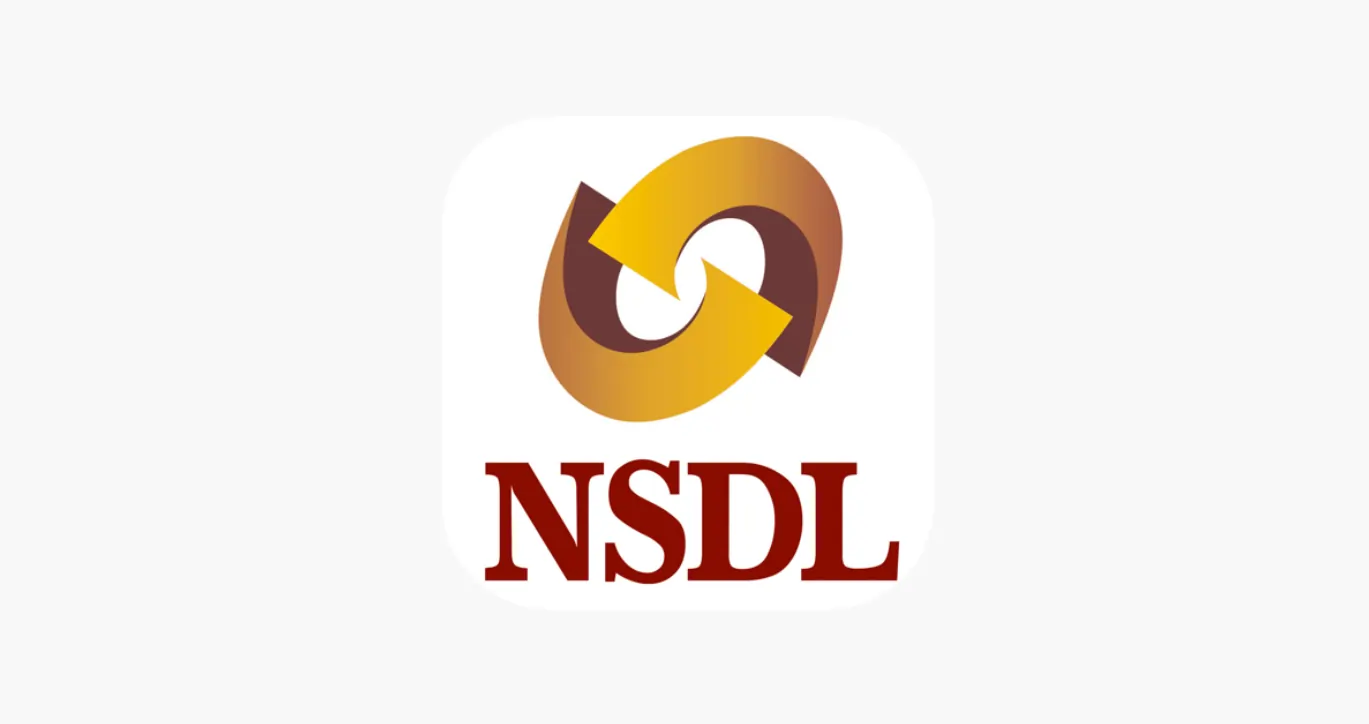
Learn how to easily download your NSDL CAS Statement in PDF format with our step-by-step g...
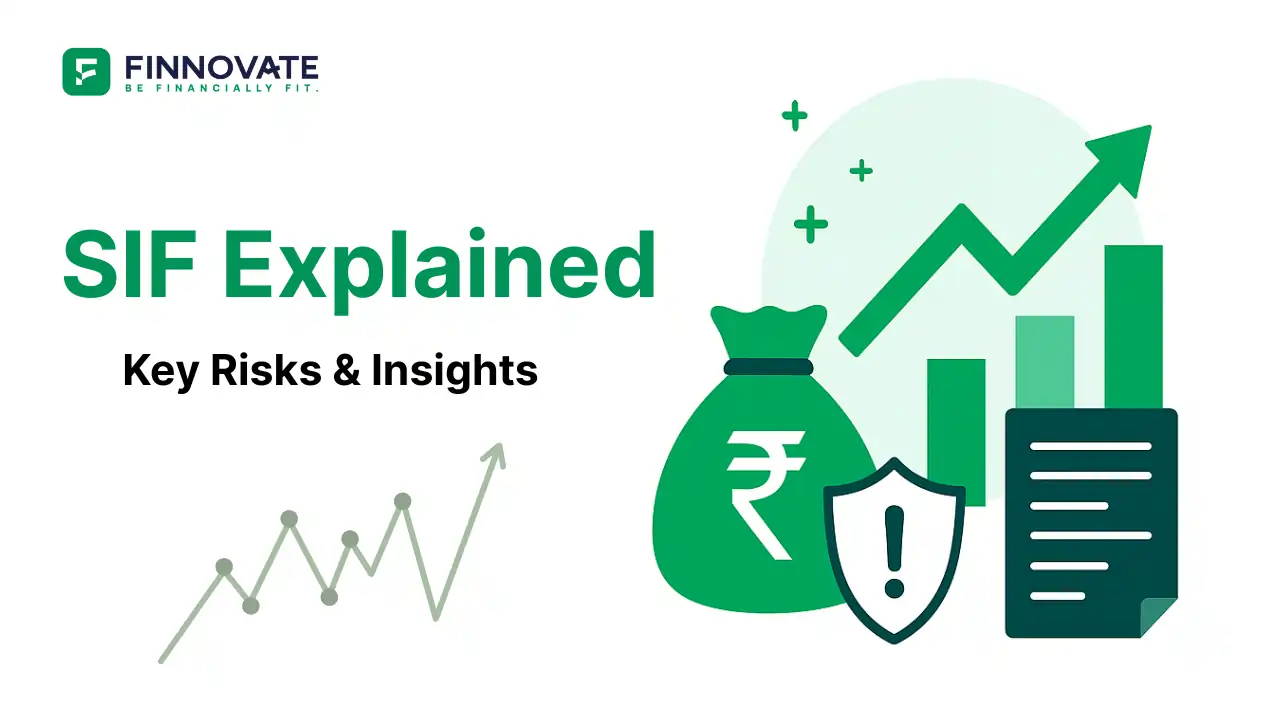
Explore what Specialised Investment Funds (SIFs) are, their benefits, taxation, minimum in...
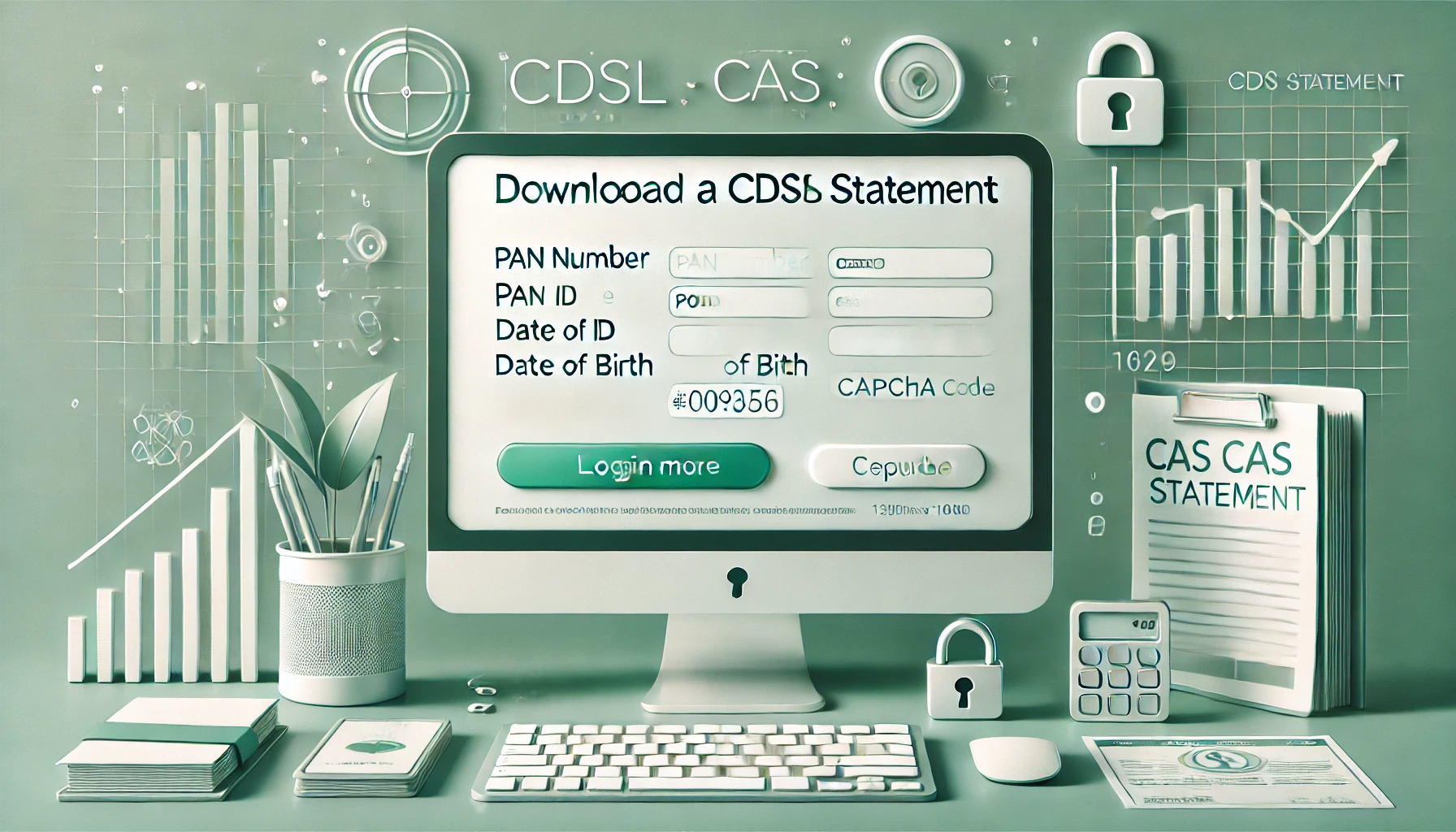
Learn How to Download Your CDSL CAS Statement with our step-by-step guide. Easy instructio...
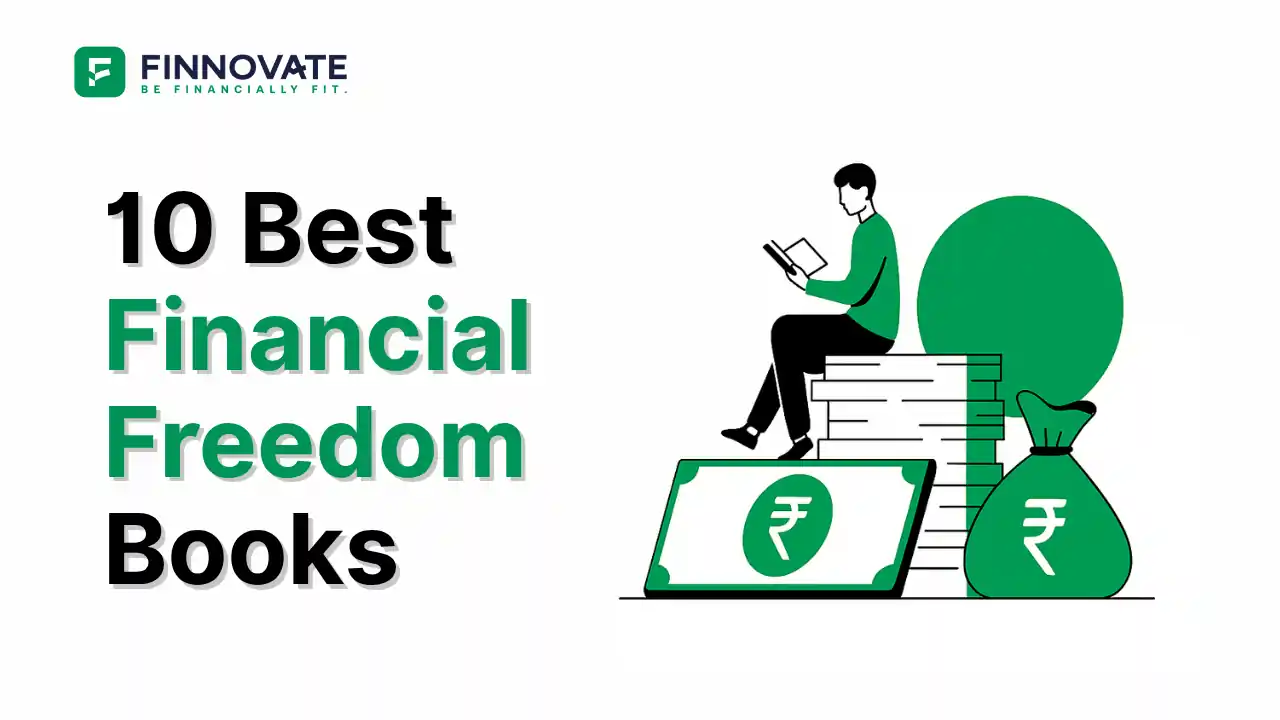
Looking for the best financial freedom books? Here’s a handpicked 2026 reading list with...